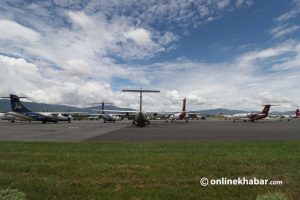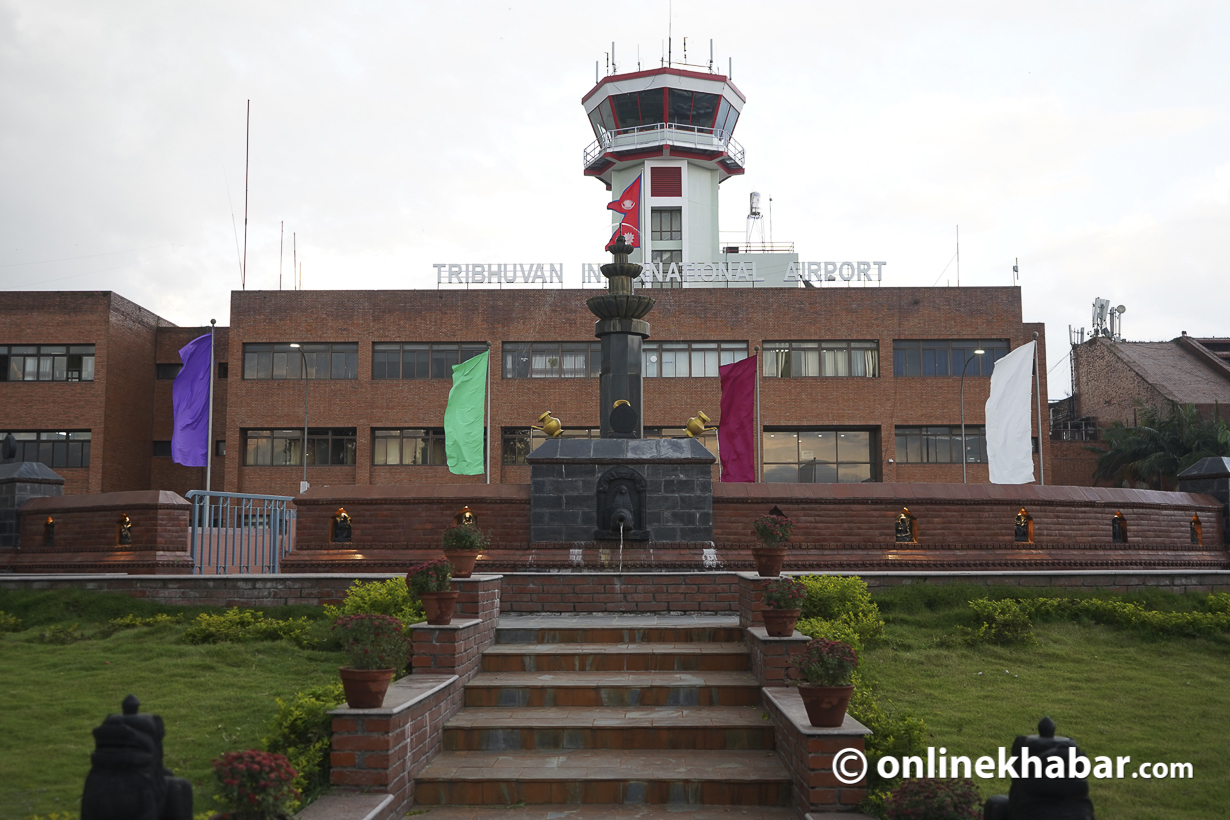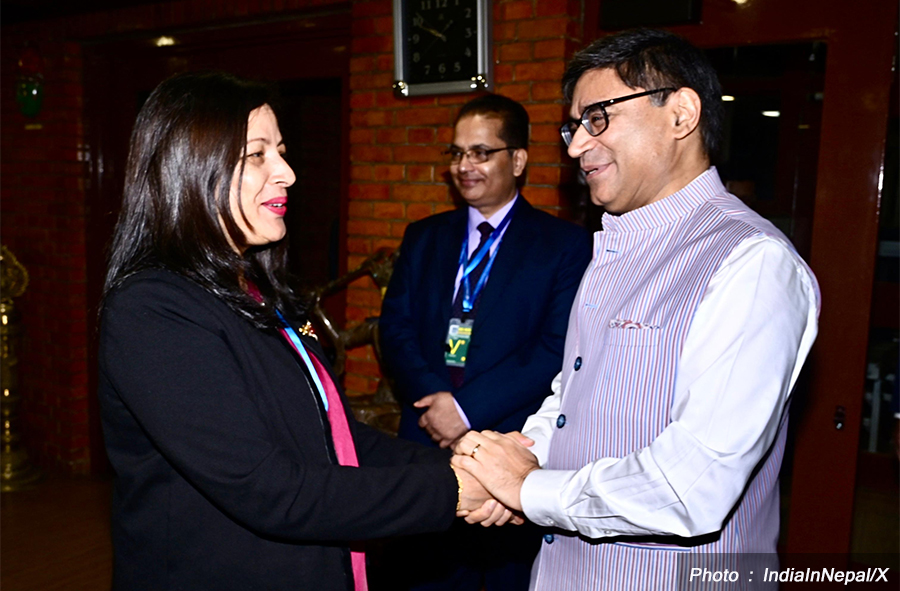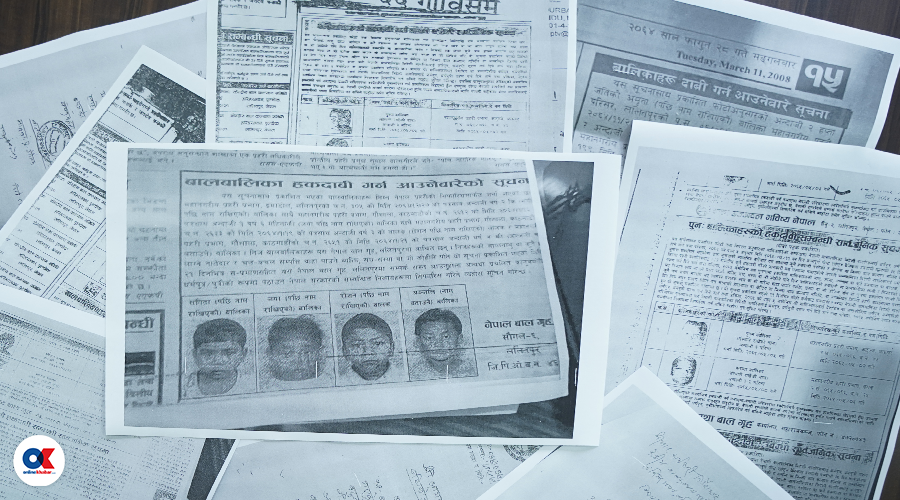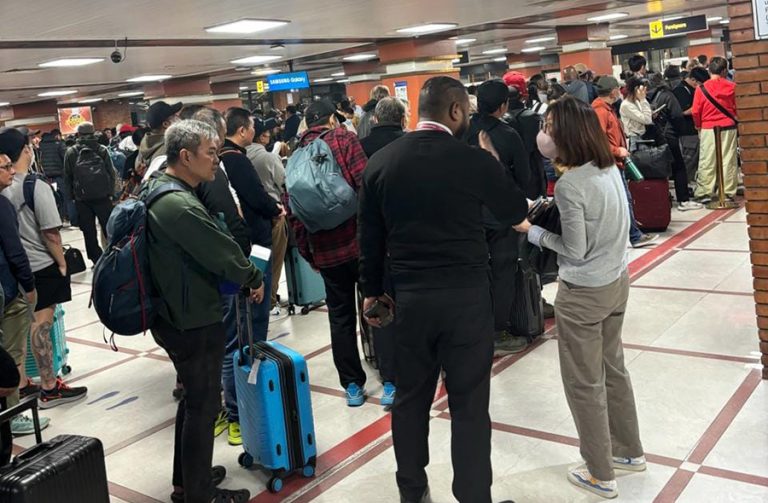
Tribhuvan International Airport (TIA), Nepal’s main international gateway, is undergoing extensive renovations as part of a comprehensive master plan to modernise and expand its facilities. Since November 8, the airport has been closing daily from 10 pm to 8 am to facilitate construction work, which is set to continue until April 1, 2025. The upgrades aim to improve capacity, enhance safety, and meet International Civil Aviation Organization (ICAO) standards.
The 10-hour daily closure focuses on critical construction within 75 meters of the runway, a sensitive zone under ICAO regulations. This includes building a new international apron, parallel taxiways, and exit taxiways on both the airport’s northern (Boudha) and southern (Koteshwar) sides.
Key construction activities
On the northern side, a new international apron is being built, which will provide parking space for up to 18 aircraft. Additionally, a parallel taxiway and two exit taxiways are under construction to enhance aircraft movement efficiency. On the southern side, another parallel taxiway is being developed, situated 172.5 meters from the runway’s centerline, adhering to ICAO standards.
Efforts are also underway to prepare for the construction of a new international terminal building. Existing hangars for Nepal Airlines and the Nepal Army are being relocated to clear the site for the terminal.
Construction challenges
Renovating an operational airport presents unique challenges. ICAO guidelines prohibit construction within 75 meters of active runways, as this zone is highly sensitive to safety risks. Construction activities in this area require strict adherence to protocols, including daily excavation and restoration.
Excavations as deep as three meters are performed each night, but due to the limited 10-hour window, only half a meter can be permanently filled per shift. The remaining excavation must be temporarily secured to ensure the runway is safe for flights by morning.
The timeline also accounts for Nepal’s seasonal challenges, such as monsoon rains and labour shortages during major festivals. Construction is scheduled during the dry season to ensure uninterrupted progress and maintain soil quality for stable foundations.
Upgrades and their impact

1. Runway and taxiway enhancements
TIA’s current runway is 3,374 meters long but is supported by only 1,900 meters of parallel taxiway. The upgrade will extend the taxiway to the runway’s full length, significantly increasing efficiency.
The new layout will allow simultaneous operations of large aircraft on both the runway and taxiway, reducing delays caused by the close proximity of the existing taxiway (110 meters from the runway). The upgraded taxiway will be 172 meters away, meeting international standards.
2. Parking and apron facilities
The construction of a new international apron will accommodate 18 aircraft, easing parking shortages that frequently delay flights. Additional aprons near relocated hangars will also help streamline aircraft movements and free up space for the future terminal.
3. Enhanced capacity and safety
The new taxiways and extended runway system will increase efficiency by 20–25 per cent, enabling more frequent takeoffs and landings. Adhering to ICAO standards will ensure enhanced safety for passengers and aircraft.
Timing and long-term vision
The current construction schedule is designed to minimise disruptions while maintaining safety and efficiency. The work aligns with Nepal’s dry season and avoids periods of labour shortages during festivals.
Upon completion, the TIA upgrades will include:
- A new international terminal building.
- Expanded runway and taxiway capacity for larger aircraft.
- Improved air traffic control systems for better flight management.
These developments aim to position TIA as a more efficient, safer, and internationally competitive airport. The project is part of Nepal’s broader vision to modernise its aviation infrastructure and meet the growing demands of air travel.
By March 2025, Tribhuvan International Airport is expected to emerge as a state-of-the-art facility, enhancing Nepal’s global connectivity and supporting its tourism-driven economy.






